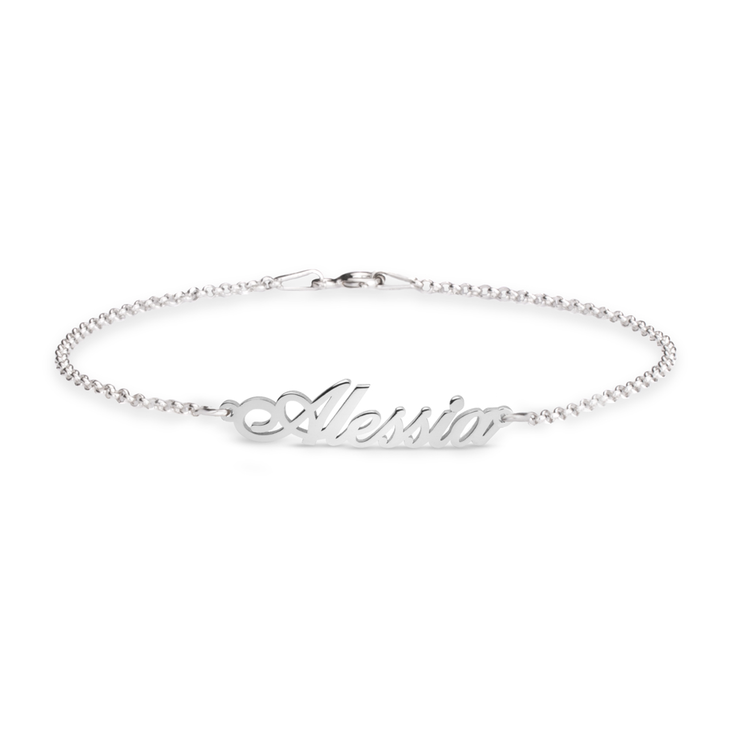- Necklaces
- Shop by Material50% OFF
 Deal Of The Month
Deal Of The Month
-
- Bracelets
- Shop by Recipient50% OFF
 Deal Of The Month
Deal Of The Month
-
- Rings
- Shop by Recipient50% OFF
 Deal Of The Month
Deal Of The Month
-
- Earrings
- Collections
-
- Gifts
- Gifts for Someone50% OFF
 Deal Of The Month
Deal Of The Month
-
- Bestsellers
- Men's jewelry
- New
- Name Necklaces
